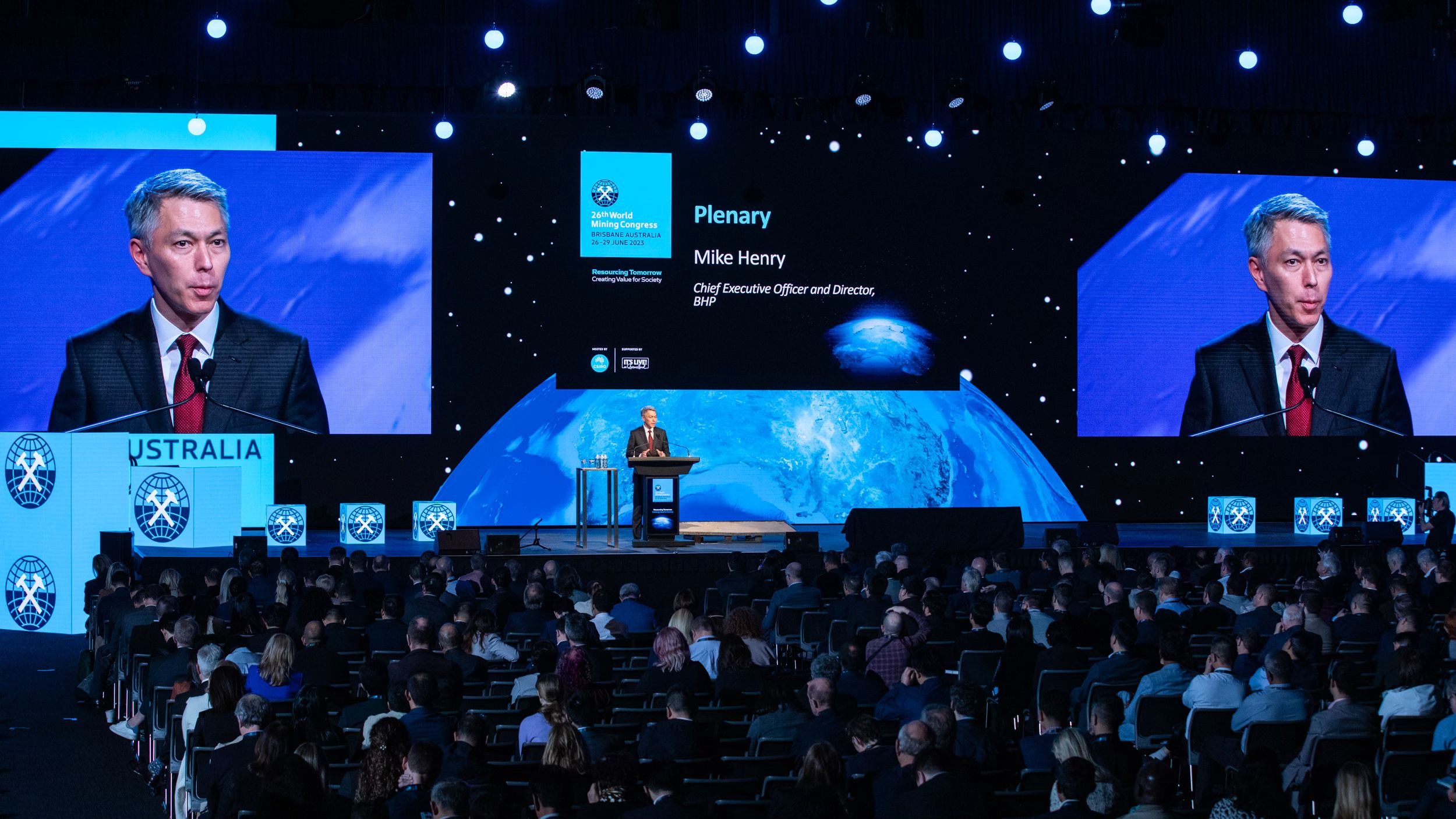Team-building programmes are often a big hit with the participants, but there are no guarantees, and they can also be an unfortunate “miss”, even when the programme chosen is a tried-and-tested activity that has worked well with other groups.
“You plan for this but sometimes, the session is not progressing by the book,” says Mark Lee, director of Red Dot Explorer, which runs team-building programmes in Malaysia and Singapore. Factors like the environment and the group’s internal dynamics play their part in inadvertently changing the intended “flavour” of an exercise.
“You can design a programme to work a certain way, but there are times when it is difficult to predict how it will play out,” Lee adds. “There is no formula. The facilitator must be on his toes and very, very flexible, making on-the-ground tweaks to put the programme back on track and achieve the desired objectives.”
Six-year-old Red Dot Explorer has its roots in training, but branched out to team building at the behest of clients. “Our clients are mostly small and medium-size enterprises (SMEs) who are now seeing the importance of bonding their staff into a cohesive team,” Lee notes. “Generation Y is joining the workforce and the turnover rate is very, very high. It is becoming a problem for SMEs that keep training people who don’t stay in their jobs. They have started conducting these short trips to keep the staff happy.”

An experiential activity
Lee believes that for a team-building event to be effective, companies must be able to take something tangible away from the session – key learning points that will help them grow as a group.
“We do a summary onsite after the activity and we make a report about the team. If we had an Amazing Race-type activity, we will have statistics. Moreover, we observe their behaviour during the session, take notes and we point out their strong and weak points,” he says. For Lee, the ideal group size is between 40 and 80 people, which “allows the facilitator to observe at least 80 per cent of the participants. For this size, we either have two or three facilitators.
“However, not every client asks to deconstruct what went on during the programme. Most of them just want the experience,” he notes. Indeed, 90 per cent of Red Dot’s programmes are mostly execution, or plain team building, as its clients eschew the recommendation for a post-event follow-up that would entail deeper analytical feedback.
“SMEs do not have the deep pockets of multinational companies to do the huge, long-term follow-ups that would ensure that the key takeaways and lessons learnt at the team-building session are applied in the workplace. They cannot afford to have an external company to measure their staff’s happiness index or level of stress.”
Lee also points out that team building in Asia-Pacific needs to evolve from being primarily experiential. “Companies need to know what they want to achieve with the activity. Just being fun does not cut it. Depending on the calibre of the staff, the programme must be mentally, physically and emotionally challenging, and must force all participants into a deeper interaction. Otherwise, it is just a pure incentive.”
Stuart Harris, director of Team Building Asia, agrees that the majority of companies do not expect a team-building session to deliver more than just fun. “For 50 to 60 per cent of our event-based programmes, clients are looking for the experience of the day instead of feedback. Our post-event engagement with these clients is limited to providing debriefing on the day. We type up any discussion points and give it to them. We deliver a lot of photographs of the event and then we just check in with the clients to make sure they had a good time.”
Team Building Asia has been in business for almost a decade across the region, conducting an average of 15 to 20 team-building sessions a month. About 50 per cent of its clients are repeat customers and many of them are big companies and brands.
“In terms of the event-based programmes, normally, when a client comes to us we get the brief from them to have an understanding of what their needs are and what the reasons are for the event. We are typically engaged for a half-day during a two-day conference,” says Harris.
Most of the time, companies ask for the team-building programme for enhanced networking and communication purposes. Team Building Asia then designs “exploration-type events” such as one patterned after Amazing Race and “creative events”, which have participants building a Formula One race car out of cardboard and racing that car in a competition.

Adding training elements
However, Harris observes a slow shift in emphasis when it comes to team-building exercises. “A lot of clients that we have worked with want to get more out of a team-building event, more out of the whole experience,” he says. “With the change in dynamics in meetings, people want more output and return on investment. A lot of the time now, they look to us. They still want the fun stuff, but they also want the sort of training output that enables us to present discussion-type platforms at the end of a regional meeting.”
In a nutshell, companies want to insert some training elements into their team-building programmes. Harris says that this type of event-based programme involves focusing on the client’s company values. “We have what we call a values platform where we take a company value and put it in a thought-provoking statement such as ‘the customer is always right’, etc. Each statement is typed onto a playing card and we have a flipchart that says ‘agree’ or ‘disagree’.” A discussion is then conducted in groups of eight people. Each one picks up a card and explains why he agrees or disagrees with the statement.”
As facilitators, Team Building Asia has to guide the participants as the discussion can sometimes go off tangent. “After the activity, we take the statements and put them into what you call a ‘Diamond Nine’,” says Harris. “The three statements that the group feels they need to work on most are placed on top of the diamond, and will be worked on for the first month. Three other statements are placed in the middle and will be addressed in the second month; and the last three statements are placed at the bottom to be worked on during the third month.” Harris adds that “this helps the group to visualise what the values are, and gives them a mechanism to work on those values afterward the event”.
Another discussion-based event that Team Building Asia employs is called “Appreciative Inquiry”, where company challenges are addressed in a positive way. “We ask them what they are doing well in terms of team spirit, motivation, etc, and then ask them how they can do it better and where it will take them moving forward. At the end of the activity, we type up the results and give them to the clients. We work with them to make smart goals, setting up a time to measure the output and to make sure it has been delegated to someone to follow up on,” Harris says. Of late, Team Building Asia has been doing these discussion-based events more frequently with groups of 400 to 500 people. “Rather than having us provide 50 to 60 staff to facilitate the session, what we do is train up some champions from the company the day before on how the process works, and then they help facilitate the process,” Harris concludes, adding, “It’s really more training, but in a fun environment.” To produce concrete outcomes from these discussion-based events, Harris says it is important for companies to remember the next steps. “Typically, the follow-through is taken in-house. The company will set up a project team to take it on and work on the output. We are not a business consultancy, we can only help facilitate the process.”
“The programme must be mentally, physically and emotionally challenging, and must force all participants into a deeper interaction”
“Rather than having us provide 50 to 60 staff to facilitate the session, what we do is train up some champions from the company the day before on how the process works”
Belbin Team Roles
In the 1970s, Dr Meredith Belbin and his group of researchers began studying team dynamics and how problems can be pre-empted and avoided. The research revealed that success and failure depends on behaviour rather than intellect.
Belbin identified nine team roles – the key is to achieve a balance of these roles within a group:
Cerebral/intellectual roles
- Planter – highly creative and thinks outside the box. His/her strength lies in problem solving.
- Monitor/evaluator – good at strategic thinking. Has a logical mind capable of impartial judgement.
- Specialist – has in-depth knowledge in a key area. A good resource of information in a team situation.
Action-oriented roles
- Implementer – turns ideas and decisions into manageable tasks or actions.
- Shaper – goal-oriented and helps the team to maintain focus. Provides the necessary drive to keep the team moving.
- Completer/finisher – a good eye for details and ability to meet deadlines. Polishes the work at the end of task and subjects it to strict quality control.
People-oriented roles
- Co-ordinator – good at facilitating interaction and decision-making among team members.
- Teamworker – helps the team to gel. He/she is highly collaborative and versatile in completing the task.
- Resource Investigator – an extrovert who can develop contacts. Explores new ideas and opportunities and brings enthusiasm to the team effort.
Source: Belbin Associates


